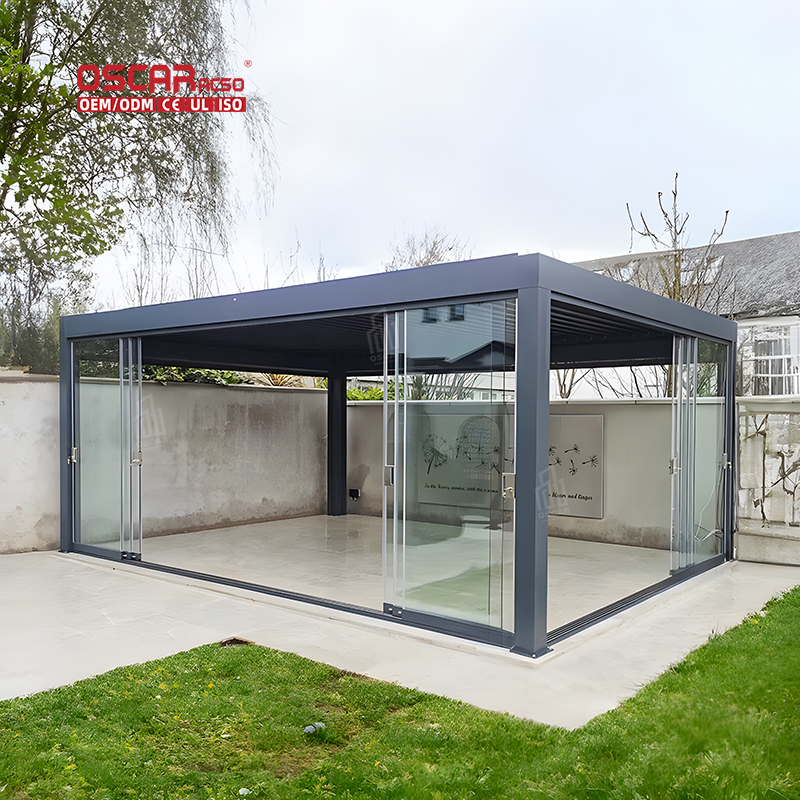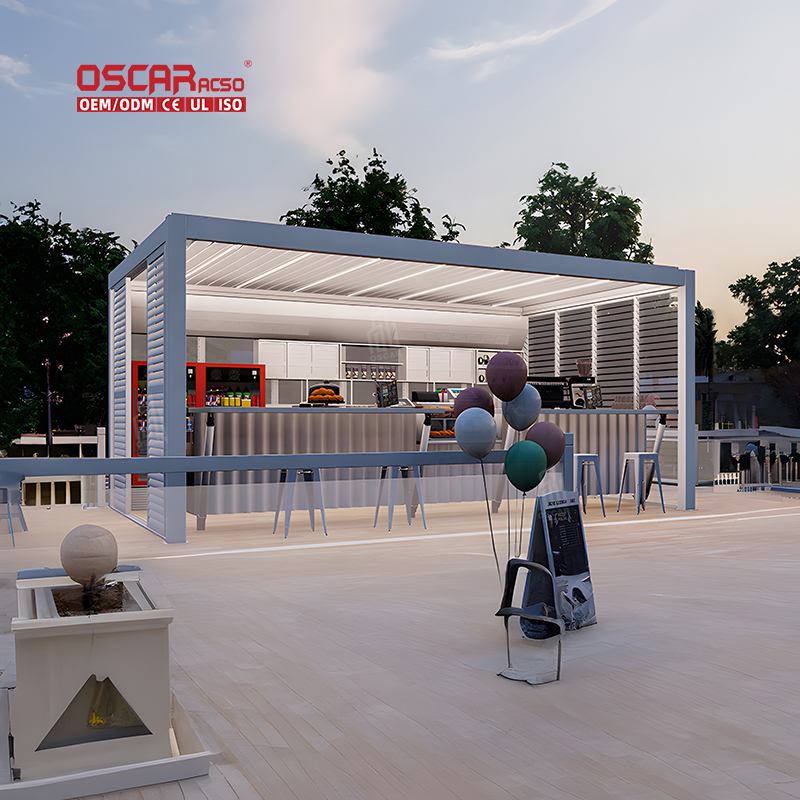Pergola What Wood to Use, for a Stunning and Durable Outdoor Retreat
Choosing the right wood for your pergola isn\'t just about aesthetics—it\'s a critical decision that determines the stru...
Choosing the right wood for your pergola isn’t just about aesthetics—it’s a critical decision that determines the structure’s longevity, maintenance needs, and how well it withstands your local climate. 🌳✨ The perfect wood balances beauty, durability, and budget, transforming your backyard into a functional oasis. Let’s explore the best options to ensure your pergola stands the test of time and style.

🌲 Classic & Resilient Softwoods
For many homeowners, softwoods strike the ideal balance between natural beauty, weather resistance, and cost.
- •
Western Red Cedar: A top choice, cedar boasts natural oils that resist rot, decay, and insects. Its warm reddish-brown hue and distinct aroma add elegance to any garden. While relatively soft and prone to scratching, it’s lightweight, easy to work with, and takes stain beautifully. Expect a lifespan of 15-20 years with proper care.
- •
Redwood: Prized for its rich color and fine grain, redwood is another durable, naturally resistant option. It’s less likely to warp and offers a timeless elegance. However, it’s often more expensive than cedar and requires regular sealing to maintain its fresh look. Its lifespan can reach 20-40 years.
- •
Pressure-Treated Pine: The most budget-friendly option. Treated with chemicals to repel moisture, fungi, and insects, it’s a practical choice for many. It’s readily available and easy to work with, though it may have a greenish tint initially and requires drying before finishing. Lifespan is 10-40 years, but it needs annual maintenance to prevent warping or splitting.
🌳 Durable & Exotic Hardwoods
For a luxurious, long-lasting pergola that makes a statement, hardwoods are unparalleled, though they come with a higher price tag and may require specialized installation.
- •
Ipe (Brazilian Walnut): Exceptionally dense and durable, ipe resists rot, insects, and even fire (Class A rating). Its deep brown tones weather to a elegant silver-gray. It’s challenging to work with and costly, but can last 25-75 years.

- •
Teak: Renowned for its high oil content and golden-brown color, teak offers superb resistance to decay and weathering. It’s a premium choice that ages gracefully but requires frequent oiling and is among the most expensive options, with a lifespan of 30-40 years.
📊 Material Comparison: Key Factors at a Glance
Wood Type | Estimated Lifespan (Years) | Key Pros | Key Cons
| Best For |
|---|---|---|---|---|
Western Red Cedar | 15-20 | Natural rot/insect resistance, beautiful color, easy to stain | Can scratch/dent easily, higher cost | Extreme weather climates |
Redwood | 20-40 | Exceptional durability, stunning look, resistant to warping | High cost, less sustainable, high maintenance | Humid climates |
Pressure-Treated Pine | 10-40 | Affordable, readily available, easy to work with | Requires drying before finish, can warp/split | Dry or humid climates (budget) |
Ipe | 25-75 | Extremely durable, fire/rot/insect resistant, unique look | Very expensive, hard to work with, less sustainable | Humid climates (luxury)
|
Teak | 30-40 | High moisture resistance, beautiful, durable | High cost and maintenance, limited availability | Humid climates (luxury) |
Table: Quick guide to compare popular pergola woods based on critical factors.
💡 Beyond Traditional Wood: Alternative Options
Innovative materials can offer unique benefits, from sustainability to minimal upkeep.
- •
Bamboo: An eco-friendly and rapidly renewable resource. It’s sturdy, lightweight, and creates a tropical aesthetic. However, it may require more frequent treatment against pests and regular sealing.
- •
Composite Wood: Made from recycled materials, composites mimic wood’s look without the high maintenance. They resist warping, splintering, and fading, making them a durable, sustainable choice for those seeking a hassle-free pergola.
🤔 How to Choose: Your Decision-Making Checklist
Selecting the perfect wood involves asking the right questions:
- •
What’s my budget? Pressure-treated pine is a cost-effective starter, while cedar and redwood offer a mid-range balance. Tropical hardwoods like ipe and teak are a significant investment.
- •
What’s my local climate like? Humid or rainy areas demand highly rot-resistant woods like cedar, redwood, or tropical hardwoods. For dry climates, Douglas Fir or treated pine can be suitable.
- •
How much maintenance am I willing to do? Woods like cedar and redwood need sealing every few years. Pressure-treated pine requires annual maintenance. Tropical hardwoods need special oils. Composites or aluminum offer very low maintenance.
- •
What look am I going for? Consider natural colors and grains: cedar’s reddish warmth, redwood’s rich tones, ipe’s deep brown, or the uniform appearance of composites.
🛠️ Essential Maintenance for Longevity
No matter the wood, proactive care dramatically extends its life and beauty. A well-maintained wood pergola can last over 20 years.
- •
Regular Cleaning: Clean every 6-12 months with warm, soapy water and a soft brush to prevent dirt, mold, and mildew buildup.
- •
Staining & Sealing: Re-stain wooden pergolas every 3-5 years and apply a protective sealant every 2-3 years to shield against moisture and UV damage. Always ensure the wood is clean and dry before application.
- •
Annual Inspections: Check for loose fasteners, splintering wood, or signs of rot. Addressing small issues promptly prevents major repairs later.
💎 Final Thoughts: It’s About Your Lifestyle
The best wood for your pergola isn’t just about the highest rating on a durability chart; it’s about what fits your life, your style, and your backyard dreams.
Think of your pergola as an investment in your quality of outdoor living. The right wood choice ensures it will be a source of shade, relaxation, and joy for decades, not just seasons. 🏡



.jpg)
